At least 16 dead, hundreds of thousands evacuated as cyclone hits Bangladesh
At least 16 people have died after a cyclone struck Bangladesh’s southern coast on Tuesday, razing down properties, snapping communications and power links, and forcing the evacuation of about a million people, officials said.
Jebun Nahar, a government official, said 14 people died after being hit by falling trees, and two others died after a boat sank in squally weather in the Jamuna river in the north of the South Asian country.
"We still have not got all the reports of damages," Nahar was quoted as saying by AFP. She had earlier put the death toll at nine.
Around 10 million people are reported without power in 15 coastal districts, while schools have been shut across southern and southwestern regions.
The cyclone – the equivalent of hurricanes in the Atlantic or typhoons in the west Pacific – made landfall in southern Bangladesh late on Monday but authorities managed to get about a million people to safety before the monster weather system hit.
Heavy rains hit most of the country, flooding cities such as the capital, Dhaka, Khulna, and Barisal – which witnessed 324 millimeters (13 inches) of rainfall on Monday.
The cyclone moved in from the Bay of Bengal early on Monday with winds gusting up to 88 kilometers per hour (55mph) and a storm surge of about three meters (10ft) that inundated low-lying coastal areas.
People evacuated from low-lying regions such as remote islands and river banks and were moved to thousands of multi-story cyclone shelters, Bangladesh's disaster management ministry secretary Kamrul Ahsan said.
"They spent the night in cyclone shelters. And this morning many are heading back to their homes," he was quoted as saying by AFP.
The authorities also announced that power and telephone links have been largely cut and coastal areas have plunged into darkness.
No major damage was, however, reported in refugee camps in southeast Bangladesh, where more than a million Rohingya Muslim refugees from neighboring Myanmar are living in crowded shelters.
About 33,000 Rohingya refugees from Myanmar, controversially relocated from the mainland to a storm-prone island in the Bay of Bengal, were ordered to stay indoors. Rights groups have urged Bangladesh to bring the refugees to the mainland, but authorities say the storm shelters are safe.
In the neighboring eastern Indian state of West Bengal, thousands of people were evacuated on Monday to more than 100 relief centers, officials said, but there were no reports of damage and people were returning home on Tuesday.
Cyclone Amphan, the second “super cyclone” ever recorded over the Bay of Bengal, which hit in 2020, killed more than 100 people in Bangladesh and India and affected millions.
Last year, more than a million people were evacuated along India's east coast before Cyclone Yaas battered the area with winds gusting up to 155 kilometers (96 miles) an hour -- equivalent to a Category 2 hurricane. The worst recorded, in 1970, killed hundreds of thousands of people.
In recent years, better forecasting and more effective evacuation planning have dramatically reduced the number of casualties from these storms.
A World Bank Institute study in 2015 estimated that some 3.5 million people in Bangladesh were at risk of river flooding every year.
US abduction of Maduro makes world less safe, signals impunity: UN
Iran’s breakthrough oral SMA drug sparks hope for rare disease patients worldwide
VIDEO | Alliance turned battlefield
Venezuela’s Iran embassy: US misjudged Maduro, expected a Noriega, found a Mandela
'Security a red line': Iran vows 'decisive' response to threats
Iran not afraid of enemy, will not submit to US domination: IRGC
Iran foils foreign-linked sedition network, arrests armed suspects
UK acting as US vassal state on Venezuela


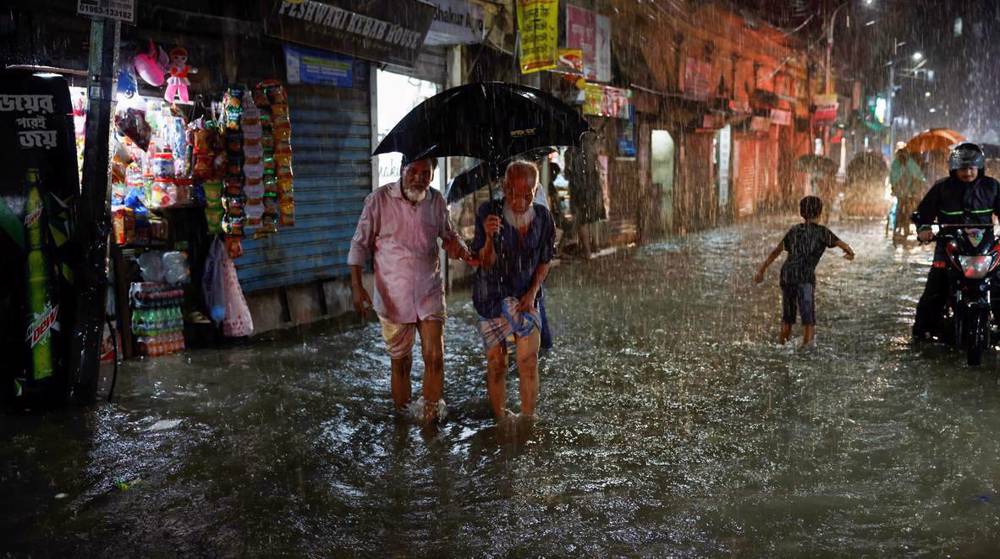
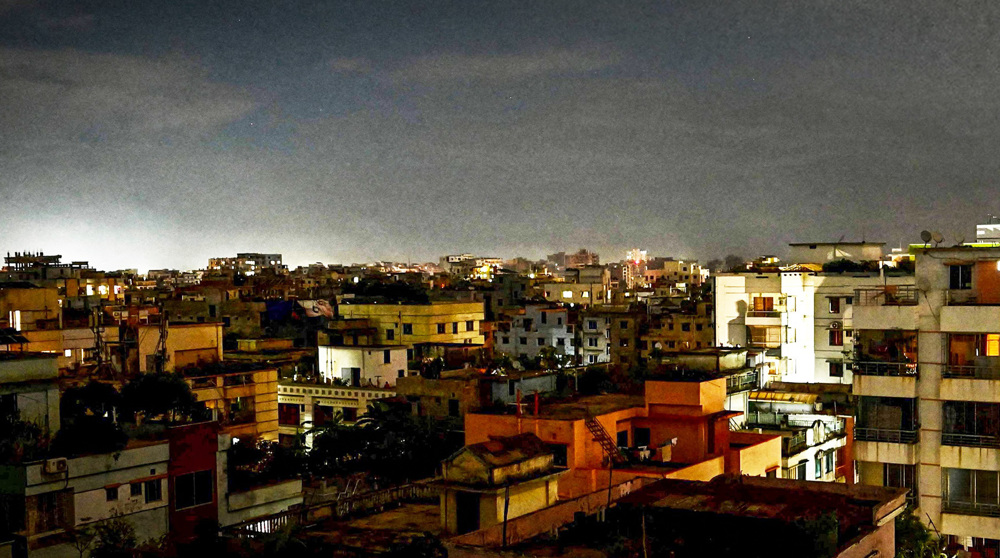






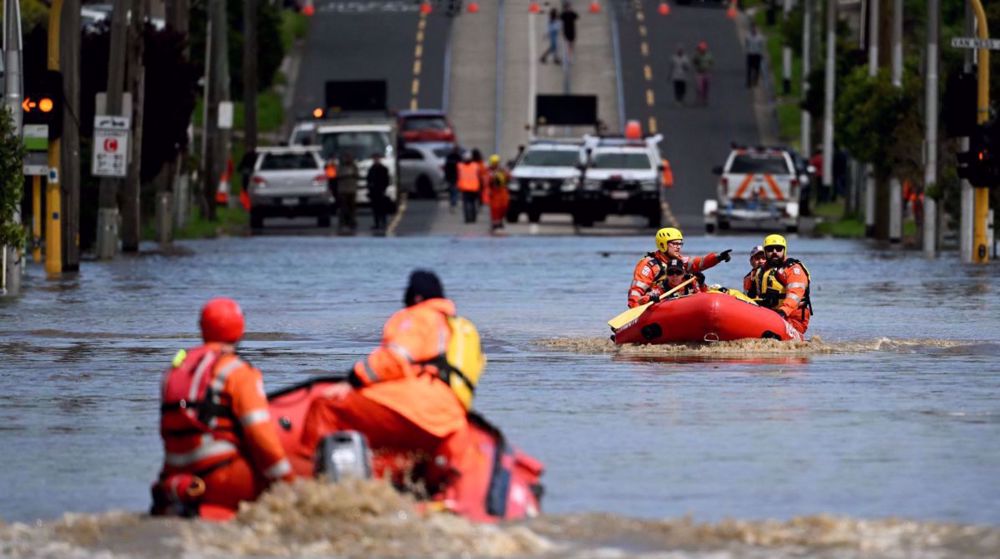

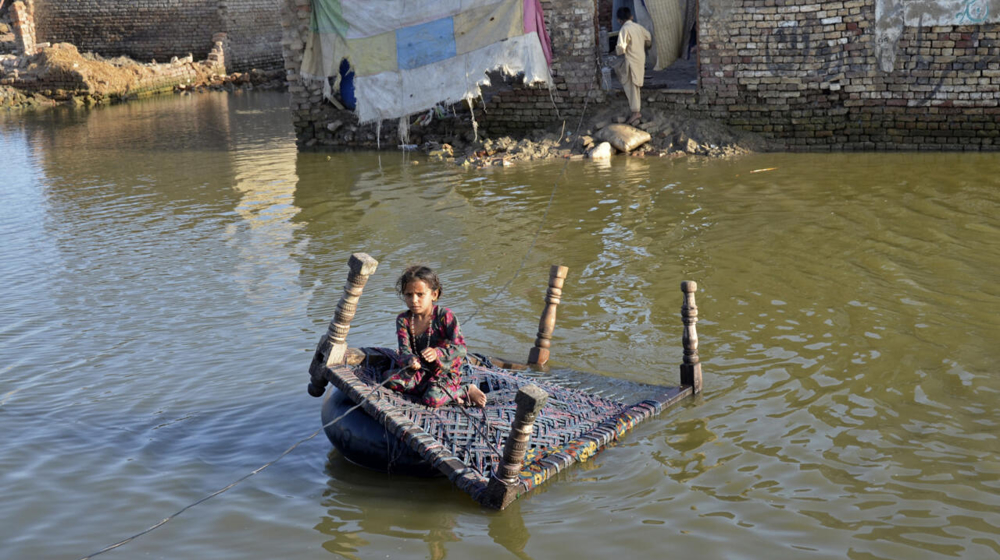
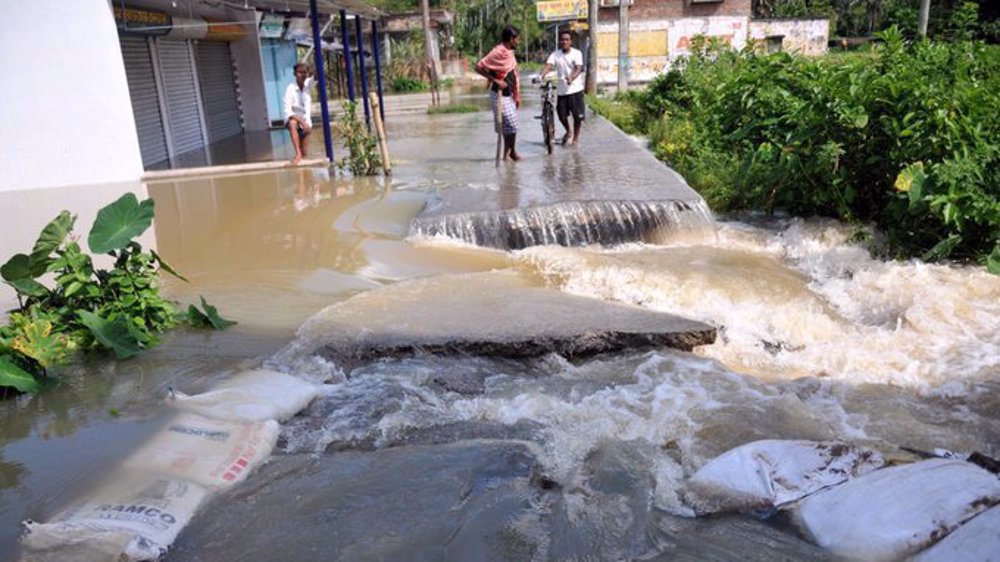
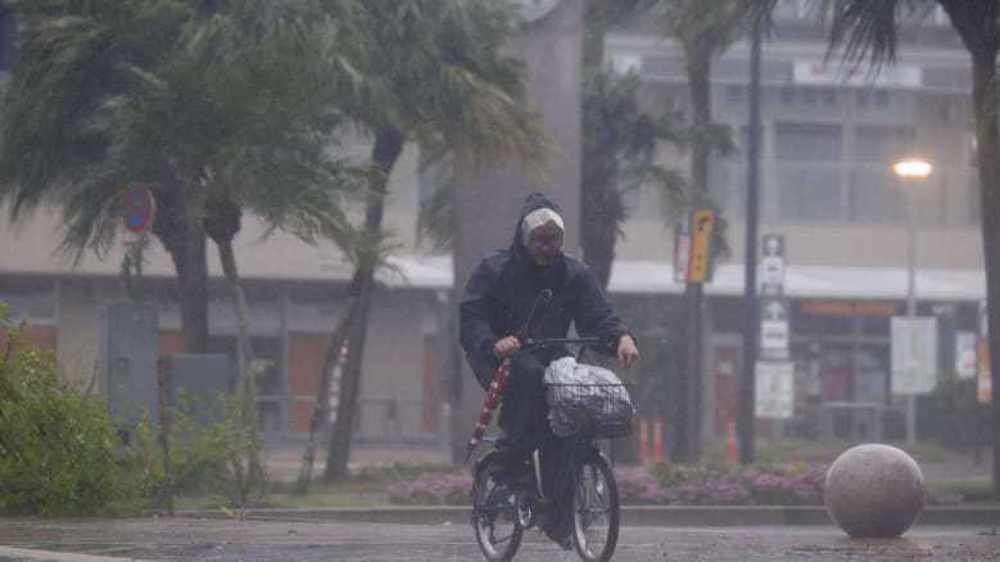


 This makes it easy to access the Press TV website
This makes it easy to access the Press TV website